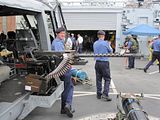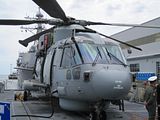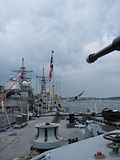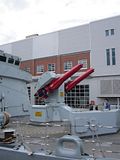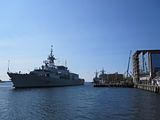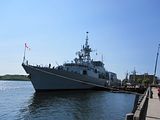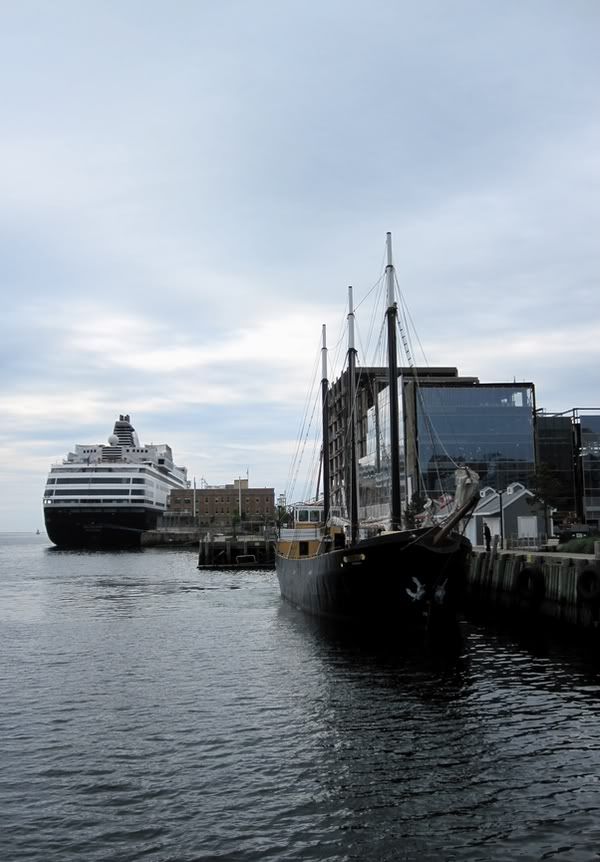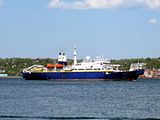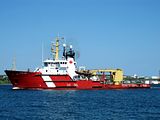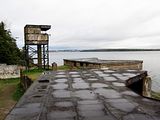We traveled about 100km on Highway 103 to Bridgewater where we followed Nova Scotia's Lighthouse Route, Highway 331, to the ocean. Along the way we ventured back several unmarked back roads. We knew the road would lead us to the ocean or a gravel pit depending on the side of the road we picked.
After forty-five minutes of gravel pits we chose an ocean drive. The drive through the brush to the ocean was tedious at times but was easily accomplished in the Rav 4. The road ended at an intersection with an old trail called Bear Trap Road. The Bear Trap has not been maintained in many years and large portions of it have been reclaimed by the beach. It is nearly impassible.
At the Bear Trap Road we happened upon two significantly damaged cabins. Destruction can be attributed to major storms including 2003's Hurricane Juan, as well as significant damage done by vandals.
We weren't able to drive any distance on the Bear Trap Road so we turned back toward the 331. Shortly after returning to civilization we experienced car trouble resulting in the procurement of a new battery in nearby West Dublin.
On the return trip to Halifax we stopped at a former hydro electric power plant that has been dormant for decades. We discovered a hole in the front of the building large enough to poke our heads in. I was able to snap a few quick pictures of the interior for the first time.
As expected, the power plant is largely filled with stored lumber.
1. Bear Trap Road

2. Small Cabin - Exterior

3. Small Cabin - Interior

4. Large Cabin - Exterior

5. The former contents of the large cabin found outdoors.

6. Large Cabin - Interior

7. Hydro Electric Power Plant

8. No longer in operation, water now flows freely.
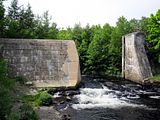
9. Lumber stored inside the power plant.
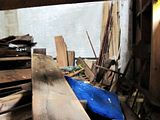
10. Looking up inside the power plant.





